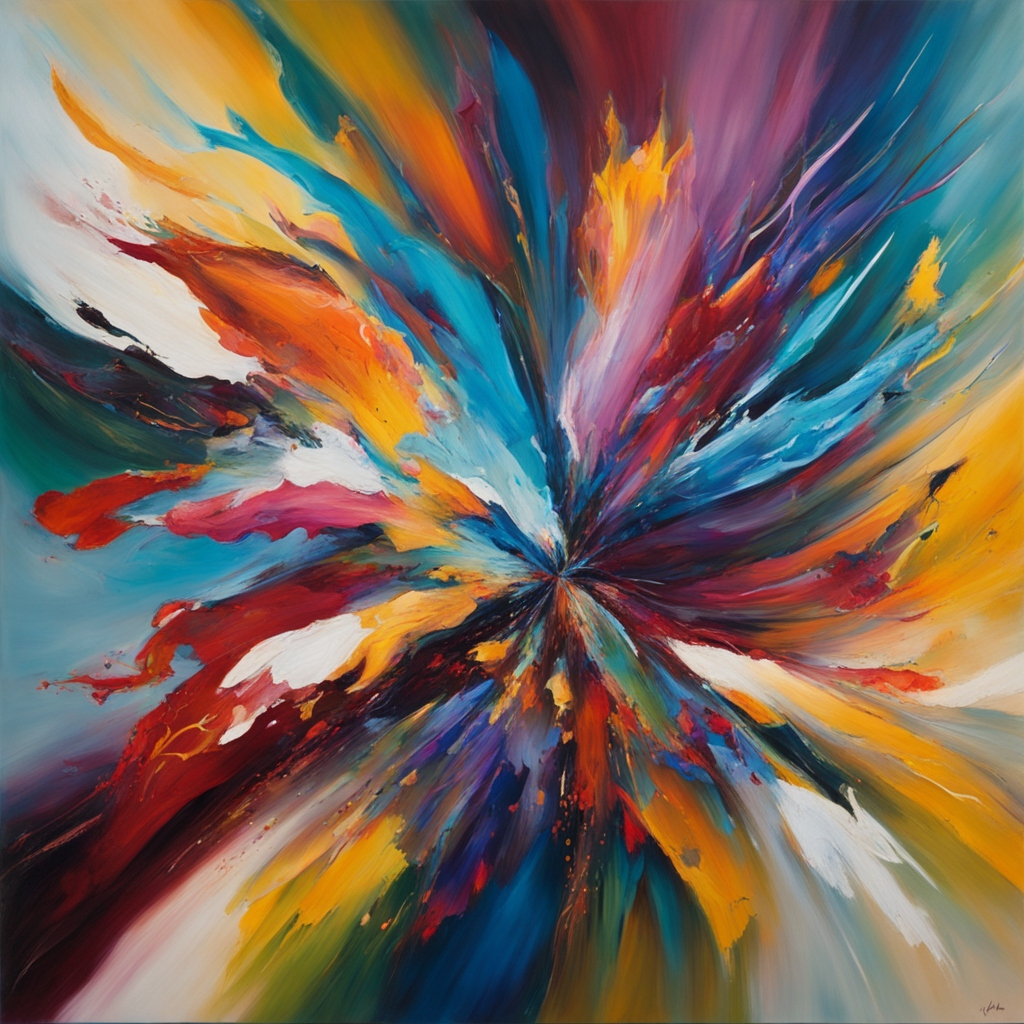Art has always been an integral part of human civilization, serving as a medium of expression and a testament to our creativity and imagination. From ancient cave paintings to contemporary masterpieces, art holds a special place in our hearts and minds, captivating us with its beauty, provoking thought, and evoking emotions.
A Journey Through Time
Since the dawn of humanity, art has been present in various forms. Prehistoric humans expressed themselves through cave paintings, depicting their surroundings, hunting scenes, and rituals. These early forms of art serve as a glimpse into the way our ancestors lived and their connection with nature.
Throughout history, art has evolved and transformed, reflecting the changing perspectives, beliefs, and ideals of different eras. From the magnificent sculptures of ancient Greece to the intricate mosaic tiles of the Byzantine Empire, every civilization has contributed to the tapestry of human artistry.
The Power of Visual Expression
Art has the remarkable ability to transcend language barriers and communicate to people across cultures and generations. Visual art, in particular, can convey messages, emotions, and stories that words often cannot adequately express. Whether it’s through paintings, sculptures, or photography, artists have the unique power to capture moments, freeze them in time, and evoke profound emotions in their viewers.
Art has the power to inspire, challenge, and provoke thought. It can highlight social issues and advocate for change, shedding light on the injustices and inequalities present in society. Through their work, artists can create a platform for dialogue and reflection, making us question our beliefs and values.

The Various Forms of Art
Art manifests itself in countless forms, each with its own unique beauty and purpose. Painting, drawing, and illustration allow artists to create visual representations of their thoughts and emotions. Sculpture, on the other hand, introduces the element of three-dimensionality, inviting viewers to engage with the artwork from different angles and perspectives.
Photography captures moments frozen in time, documenting the world as we see it or as the artist envisions it. The rise of digital media and technology has also given birth to new forms of art, such as digital illustration, graphic design, and video art.
Performing arts encompass a wide range of disciplines, including music, dance, theater, and film. These art forms rely on movement, sound, and performance to convey narratives, evoke emotions, and transport audiences to different realms.
The Role of Art in Society
Art has always played a significant role in society, acting as a reflection of the cultural, social, and political climate at any given time. It has the power to challenge norms, inspire change, and foster unity. Throughout history, art has been used as a powerful tool for protest, advocating for human rights, equality, and justice.
In addition to its cultural and social impact, art also contributes to the economy. Museums, galleries, and art exhibitions attract millions of tourists every year, boosting local businesses and generating revenue. Furthermore, the art industry provides employment opportunities for artists, curators, art historians, and various other professionals.
The Beauty of Art is in the Eye of the Beholder
Art is a deeply personal and subjective experience. The beauty of art lies in its ability to evoke different emotions and interpretations in each individual. What one person may find captivating, another may find perplexing or even disturbing. This diversity of perceptions adds to the richness and complexity of the art world, creating a space for dialogue and exchange.
Art is a universal language that speaks to our shared humanity. It allows us to connect with one another, transcending time and space. Whether we are admiring a Renaissance masterpiece, attending a live theater performance, or appreciating street art, art has the power to bring people together and shape our collective consciousness.